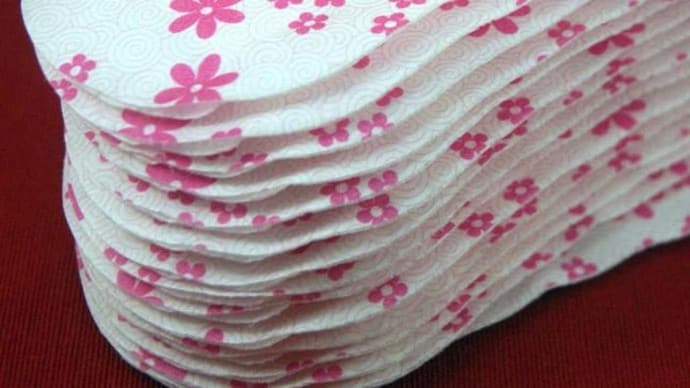The Sanitary pad advertisements claim their product to be safe and healthy, however, the truth is not quite the same. An NGO, which is a part of the International Pollutants Elimination Network, conducted a study whose results have shocked everyone.
The NGO found traces of volatile organic compounds and phthalates, and cancer-causing contaminants in the ten different brands which they tested. The study is important considering the high number of Indian women who use sanitary pads, due to a lack of other, healthy options.

Credits – India Today
The study, titled “Wrapped in Secrecy: Toxic Chemicals in Menstrual Products,” was conducted by environmental NGO Toxics Link. Besides causing Cancer, the study has revealed that sanitary pads also release microplastic particles into the environment.
“It is shocking to find numerous harmful chemicals in commonly available sanitary products, including toxic chemicals like carcinogens, reproductive toxins, endocrine disruptors, and allergens,” said Dr. Amit, a programme coordinator at the environment NGO Toxics Link.
What does the study say?
Although disposable sanitary pads are more in use today, there have been several questions about the safety provided by them. The majority of the doubts are a result of studies that have found hazardous chemicals in the pads. The NGO Toxics Link study further states that subsequent exposure to sanitary pads can be dangerous for the skin.\
A study by New Delhi-based non-profit organisation, @toxicslink, has indicated that most of the popular brands of sanitary napkins sold in India contain harmful chemicals. 🧵 | @Banjotkaurhttps://t.co/4EBNmVGrrs
— The Wire (@thewire_in) November 22, 2022
“As a mucous membrane, the vagina can secrete and absorb chemicals at a higher rate than the skin,” said Dr. Aakanksha Mehrotra, Programme Coordinator, Toxics Link who was part of this study.
“A thorough investigation on the presence and potential impact of exposure to VOCs and phthalates on menstruators through sanitary products and other female hygiene products need to be taken up. It is critical to institutionalize efforts to reduce VOC and phthalate contents in these products. Regulations and schemes should encourage substituting or reducing toxic chemicals such as phthalates and VOCs,” stated Satish Sinha, Associate Director, Toxics Link.



















































































